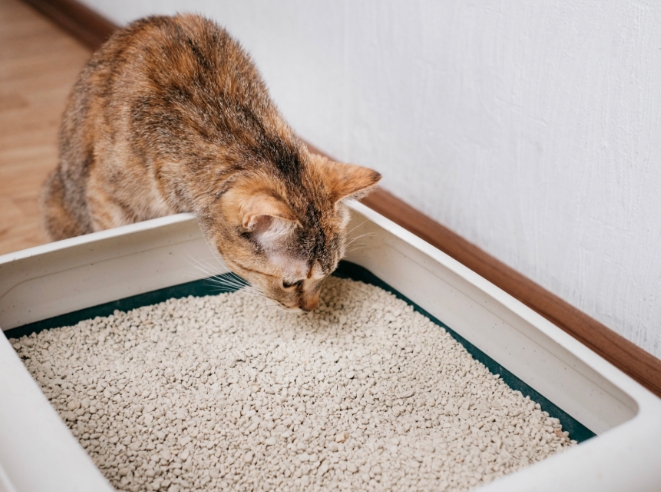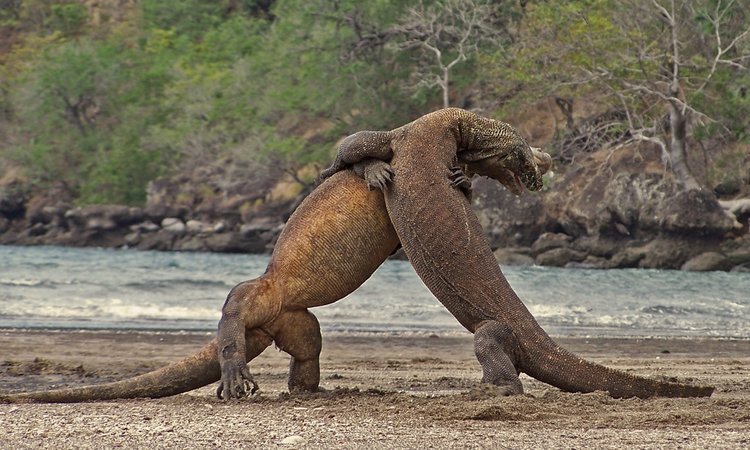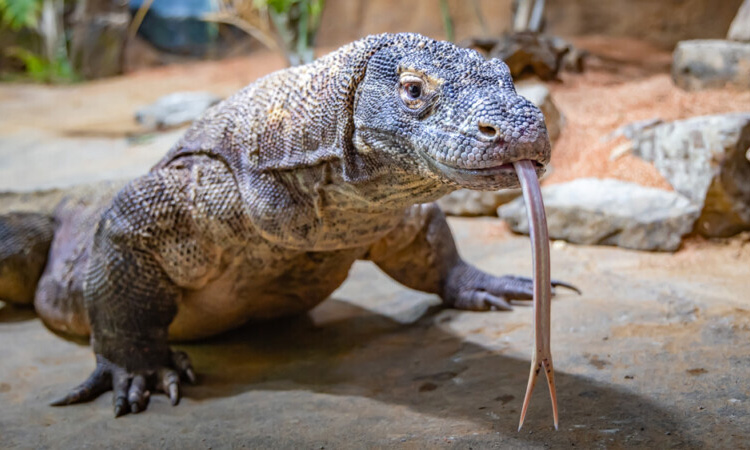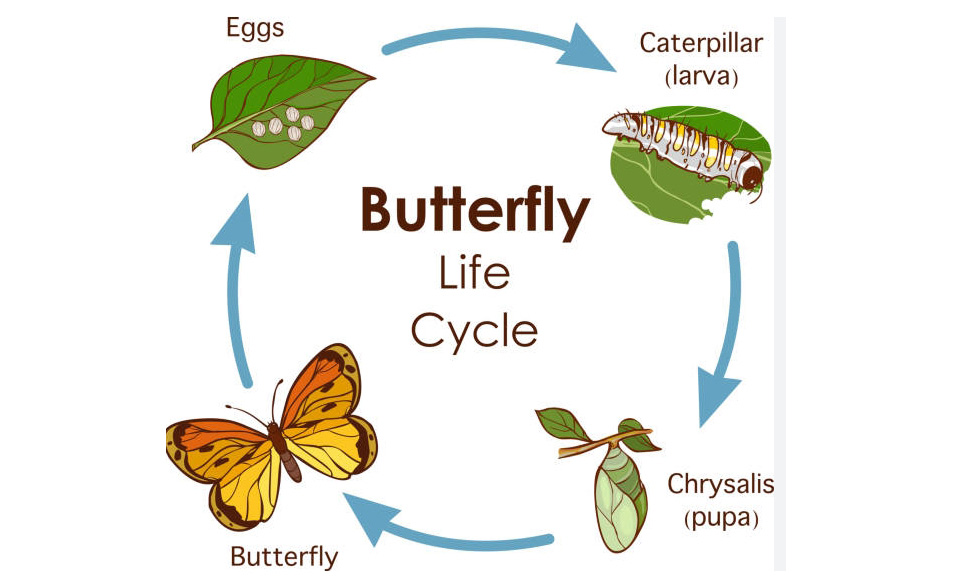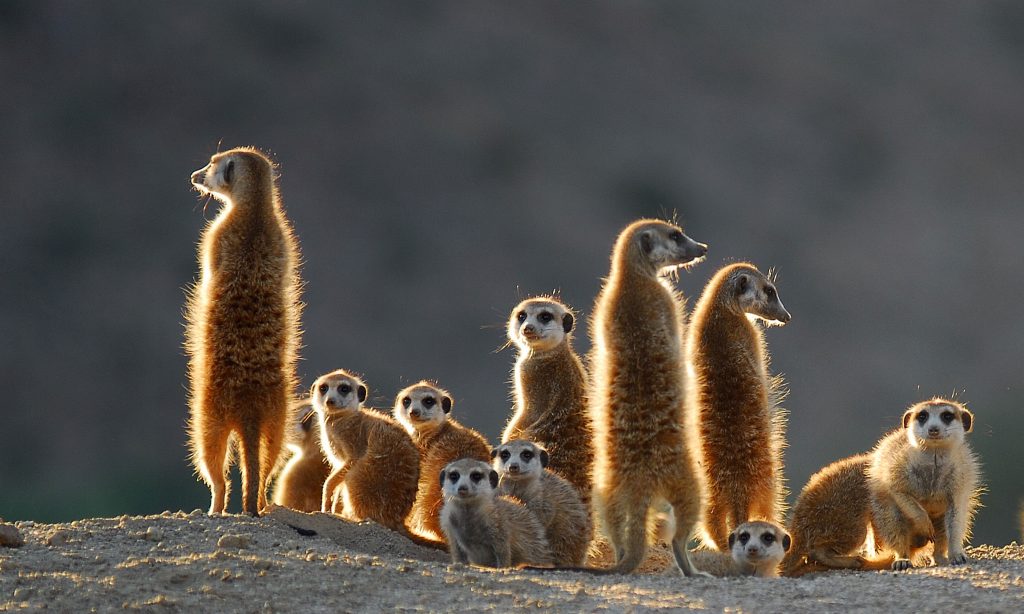Choosing the right litter for your cat is not just a matter of convenience; it’s crucial for your feline’s happiness and health. With so many options available, it can be overwhelming to determine which type suits your cat best. This guide will help you navigate the various types of litters to find the perfect match for your furry friend.
Types of Cat Litter
When it comes to cat litter, there are several types to consider, each with its unique benefits. Clumping clay litter, made of sodium bentonite, is popular for its ability to form solid clumps when wet, making it easy to scoop out waste. This type is often highly absorbent and controls odors well. However, it can be dusty and may not be suitable for cats with respiratory issues. Alternatively, natural litters made from materials like corn, recycled paper, or wood offer eco-friendly options that are biodegradable. These types are typically less dusty and can appeal to environmentally-conscious cat owners.
Considerations for Choosing Litter
Beyond the type of litter, several factors should influence your choice. Your cat’s preferences and health conditions are paramount; some cats may resist using certain types of litter due to texture or smell. If your cat has sensitive paws, softer litters like those made from recycled paper can be gentler. Odor control is essential, especially in multi-pet households. Many litters now include added natural fragrances or deodorizing agents to help keep the area smelling fresh. Additionally, consider the ease of cleaning — lighter litters can be easier to manage while heavier options often stay in place better.
Environmental Impact of Cat Litter
One often-overlooked aspect of choosing cat litter is its environmental impact. Traditional clay litters are typically made from sodium bentonite, which is mined and not renewable. In contrast, bio-based litters, such as those made from wheat, corn, or grass, are not only biodegradable but also often compostable, reducing overall household waste. If you are aiming for a greener lifestyle, exploring these options can help you support sustainable practices while keeping your pet happy.
In conclusion, selecting the best litter for your cat involves considering multiple factors, including material type, odor control, and environmental impact. It’s always helpful to try different options to see which one your cat prefers, as their comfort is the ultimate goal. For more tips on keeping your kitty happy and healthy, check out our other blog posts!
